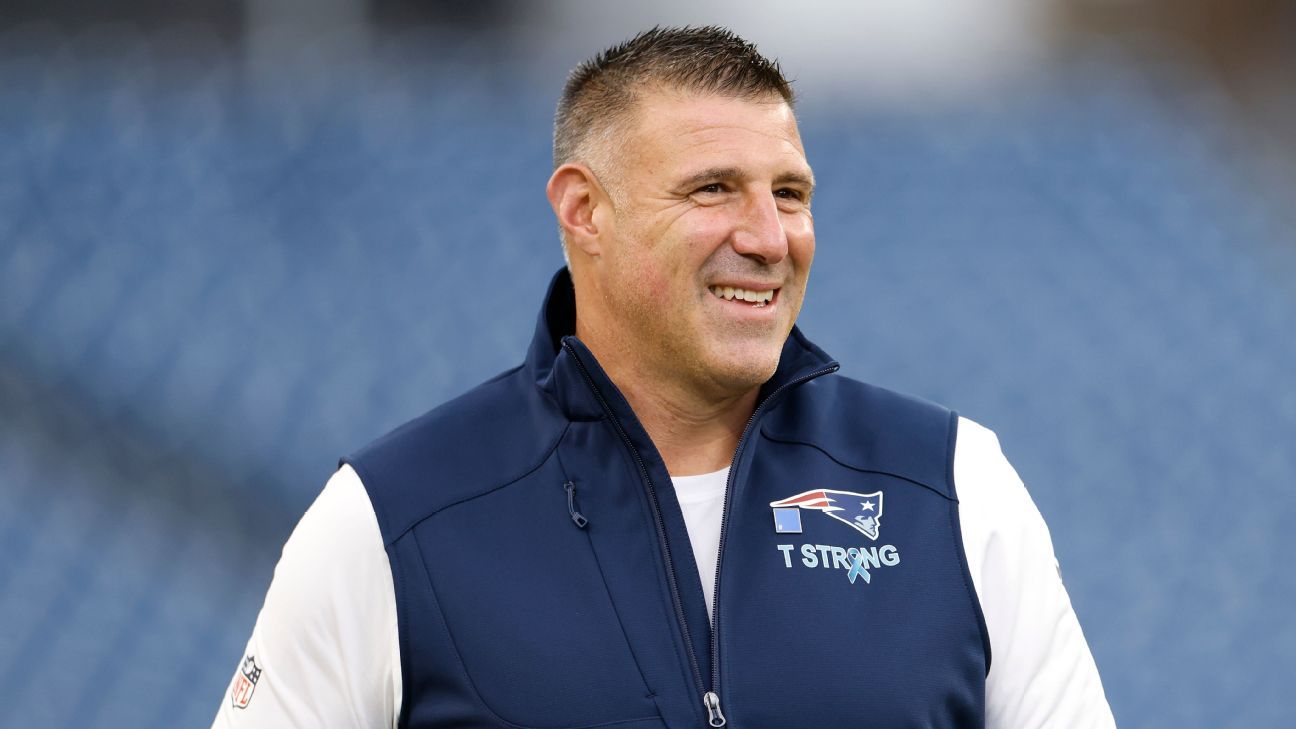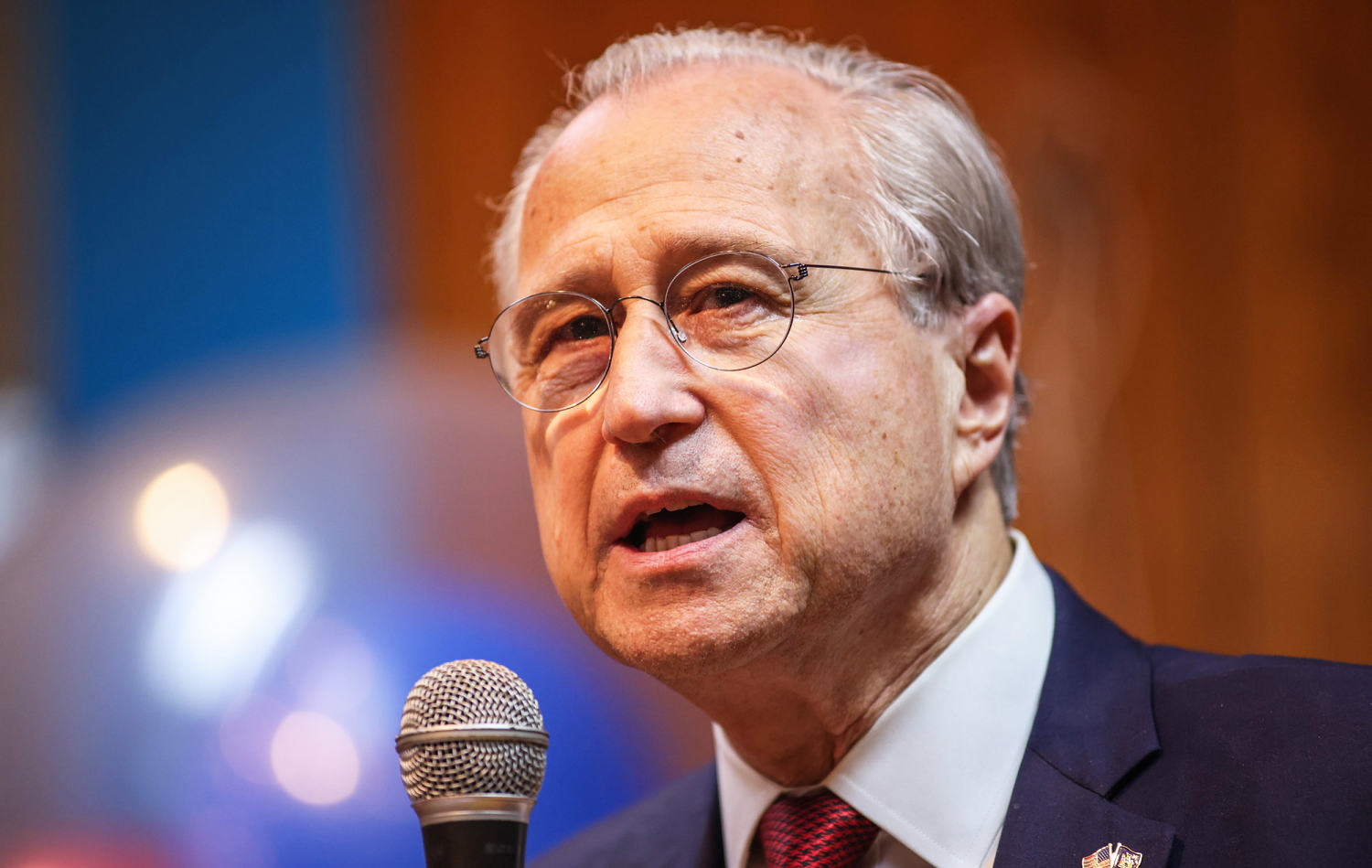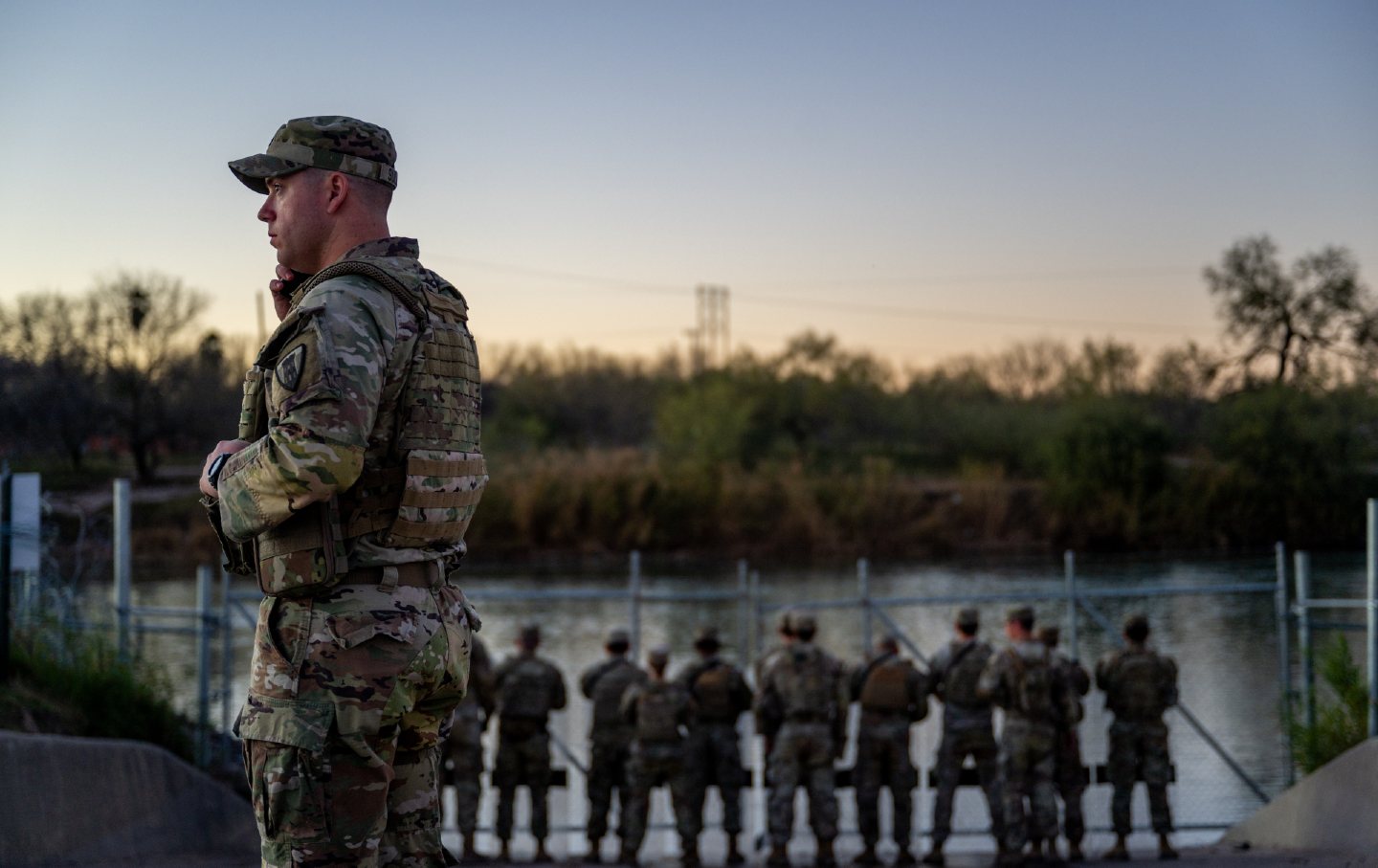The problem is more systemic than a single statistic. We need to restore trust between law enforcement and local communities.
The death of George Floyd at the hands of a Minneapolis police officer in May 2020 triggered massive protests across the country. Though the protests are unified in calling for widespread changes in how policing works in America, there is disagreement on what those changes should be. Some protestors are calling for aggressive police reforms. Others, like Black Lives Matter as an organization, demand complete defunding and disbanding of police departments.
Among conservatives, this disagreement manifests differently. The question plaguing conservatives is whether the whole policing system is broken or whether there are a few “bad apples” among police departments who are exploiting a basically functional system.
In the wake of Floyd’s death, this distinction is pointless. It no longer matters if statistics or studies parse out to reveal racism in policing, because society is more than statistics. The nationwide agony and anger of millions of black Americans—agony that knows no class or geographic barriers—is evidence enough. The fact that millions of American citizens do not trust their law enforcement system to represent them, to respect them, to protect them, and to grant them the assumption of innocence is, in itself, a systemic problem. Conservatives must do better at acknowledging this as a prerequisite to proposals for police reform. In fact, one of the basic principles of conservatism—skepticism about the perfectibility of human society—requires us to be open to the possibility of systemic injustice and creative about addressing it.
♦♦♦
Some of conservatives’ reluctance to acknowledge systemic problems with our nation’s law enforcement structures is temperamental. Conservatives are, by nature, reluctant to enact widespread change without plenty of evidence that such change is necessary. We tend to see revolutionary change, like something as dramatic as reforming our entire police system, as inviting disaster, and we prefer incremental changes whenever possible.
On top of this, conservatives have a deep respect for law and order—a respect that comes from our implicit belief that without civilizing structures in place, human beings and human societies incline towards chaos. Christianity refers to this inclination as original sin. Conservatives, religious or not, see this inclination towards chaos as the most basic political reality, one that requires civilization and civilizing institutions like law enforcement to counterbalance it.
So for conservatives, calls for radical change to our nation’s police system are uncomfortable on multiple levels. We are temperamentally skeptical of quick, dramatic change, and we are aware of the human capacity for chaos in the absence of civilizing structures. Hence the tenacity of the “bad apples” theory: if there are just a few corrupting individuals within a relatively sound system, conservatives want to deal with those individuals and not burn down the whole system.
Heather MacDonald is perhaps the most prominent advocate of the “bad apples” theory. In an op-ed in the Wall Street Journal on June 2, she pushes for punishing officers who use excessive force but says that there is “no evidence of widespread racial bias” among police departments. MacDonald relies heavily on statistics to demonstrate that “white officers are no more likely than black or Hispanic officers to shoot black civilians”. She references a study by Proceedings of the National Academy of Sciences, published in July 2019, whose authors “find no evidence of anti-Black or anti-Hispanic disparities across shootings, and White officers are not more likely to shoot minority civilians than non-White officers.” From this, MacDonald goes on to argue that the system of American policing is not itself broken, and isolated reforms to identify and deal with occasional “bad apples” should be enough to solve the problem.
MacDonald is not new to this conversation; she has been writing about racism and the police for years. The main thrust of her argument is that black civilians are shot more often by police officers than white civilians because, as she said at a forum, “Police go where people are being victimized and that means, unfortunately, police spend more time in black neighborhoods,” since the crime rate is higher in those neighborhoods.
MacDonald references many statistics in her writings to support her arguments. Some of these statistics point to a systemic problem in themselves. For example, the study includes this section:
…26% of civilians killed by police shootings in 2015 were Black…even though Black civilians comprise only 12% of the US population. According to this 12% benchmark, more Black civilians are fatally shot than we would expect, indicating disparity. News organizations and researchers using this method find robust evidence of anti-Black disparity in fatal shootings.
However, using population as a benchmark makes the strong assumption that White and Black civilians have equal exposure to situations that result in [fatal officer-involved shootings].
The first paragraph of this quote contains some of the statistics that Black Lives Matter and other advocates of defunding the police point to for support: the percentage of black civilians killed by police officers is more than double the percentage of black Americans in the population. That indicates that black Americans are much more likely than white Americans to be shot by police. But the study continues, saying that comparing the percentages like this is misleading because this comparison assumes that white and black Americans are equally likely to be in situations where the police become involved. In reality, the study continues, black Americans are much more likely to be involved in situations where they could be shot by a cop.
In other words, when we control for violent situations, the statistics indicate that cops are no more likely to shoot black Americans than white Americans. But society is more than statistics. The reality that crime rates are so consistently higher in black neighborhoods that it statistically doubles black Americans’ odds of being shot by police is itself a systemic problem, one that needs more than small reforms in police departments to address.
This leads to another pertinent statistic: according to Dr. Roland Fryer, a professor of economics at Harvard, black Americans are more than fifty times as likely as white Americans to experience non-lethal force at the hands of police. Non-lethal force includes things like a police officer forcing someone against a wall, using handcuffs, drawing a weapon, pushing someone to the ground, using pepper spray, or striking with a baton. Fryer found that during the use of the highly controversial stop-and-frisk policy in New York City, nearly 59 percent of individuals stopped were black—even though blacks comprised only 25.5 percent of New Yorkers at the time.
And, perhaps most telling of Fryer’s findings is that even in incidents when officers report that civilians were compliant and no one is arrested, black Americans are over 20 percent more likely to experience force. In other words, even when black Americans do everything right in a police encounter, the statistics show that they are considerably more likely to be handcuffed, threatened with a weapon, or even pepper sprayed or struck with a baton.
Senator Tim Scott, a black Republican, gave a speech in June 2020 in which he recounted some of his own frightening experiences with police officers. He shared that during one year as an elected official, he had been pulled over seven times while driving—and in some of those instances he was doing nothing wrong. In one instance, he was pulled over at four in the afternoon simply because a police officer thought that the car he was driving may have been stolen. He shares the story of a former staffer, a black man who drove a Chrysler 300 and was pulled over so many times for no reason that he eventually sold the car and bought something more innocuous.
Within in the justice system, black and white Americans again have radically different experiences. Black men convicted of a crime face prison sentences approximately twenty percent longer than the sentences of white men with similar records. While white and black Americans have similar drug usage rates, black Americans are imprisoned nearly six times more often than whites for drug usage. The NAACP reports that one-third of black men can expect to spent time in jail, in comparison to just one in seventeen white men.
Children who experience parental imprisonment are nine percentage points more likely to struggle in school and to have emotional difficulties—and black children are twice as likely to experience having a parent in prison than white children. Adults who experienced parental imprisonment as children are more likely to abuse drugs and alcohol, to not seek medical care until the situation becomes an emergency, to have more than ten sexual partners and higher risk of sexually transmitted infections, to be obese, or to exchange sex for money. Some of these behaviors are themselves crimes, leading to a cycle of incarceration that disproportionally affects black children.
In schools, black students face far higher rates of ticketing and arrests than white students. In Denver public schools during the 2018-19 school year, 29 percent of referrals to law enforcement involved black students, even though only 13 percent of students in the district are black. From 2014 to 2019, black students experienced 87 percent of tickets and arrests in Denver schools.
♦♦♦
The story of black Americans and police brutality is far more complex than a single statistic. There is a decades—perhaps centuries—long narrative of blacks encountering unjust treatment at the hands of law enforcement, treatment that has contributed to a cycle of trauma, arrest, and incarceration.
With this being the case, the truth is that just one brutal murder of a black American by a cop can reveal a whole side of our society that statistics may not. For many black Americans, from high school students to a United States senator, there is already plenty of day-to-day evidence that police do not view them as equals. So when a video like the one of George Floyd’s murder emerges, it only confirms what they already suspect.
That video of Derek Chauvin kneeling on George Floyd’s neck is terrible to watch, both because of its brutality and because of the horrific casualness in Chauvin’s posture and his expression. It is as if Chauvin does not believe he is dealing with a human being.
And Chauvin is not alone. After the murder of Elijah McClain by a cop’s chokehold in Aurora, Colorado, the same cop took photos with several fellow police officers, reenacting and mocking his death. When the photos were circulated, one officer responded with the word “HaHa”.
These are only two examples of police officers treating black lives as trivial. In both of these instances, it took police departments far too long to punish these cops for their behavior. The “bad apple” theory says that these incidents are too isolated to demonstrate a systemic problem. But even a few occurrences like these are enough to create a systemic problem, because they communicate to an entire community that police are allowed to behave as if some lives are less valuable than others.
Police brutality exists in part because for decades, our society has tacitly accepted violence and lawlessness from law enforcement. This lawlessness affects white Americans, too; look, for example, at the shooting of Duncan Lemp, a white American who was shot while lying in his bed at home. Police used a three-month-old anonymous tip that Lemp was in possession of firearms to get a no-knock warrant (the same kind of warrant that led to the shooting of Breonna Taylor in Louisville). His pregnant girlfriend, who was in the bed as well, reports that the police never communicated with her or with Lemp before opening fire.
There are multiple reasons behind police brutality. The role of unions in police brutality cannot be understated. Unions make it very difficult for brutal cops to be charged, fired, or even held accountable for their actions. This perpetuates a cycle of violence, as aggressive cops find that they can do whatever they want without consequences. NPR reported that in communities where officers form unions and gain collective bargaining rights, there is usually a substantial increase in civilian killings.
There is also the idea of qualified immunity permits public officials—including police officers—who violate another American’s civil rights to go unpunished unless their exact behavior has been previously condemned by a court. A grotesque application of qualified immunity allowed police officers in California steal over $225,000 worth of cash and goods while executing a search warrant. As Jason Sullum writes in Reason, “Courts in other cases have approved qualified immunity for cops who allegedly shot people without cause, sicced a dog on a man who was surrendering, tased a driver who was stopped for failing to buckle his seat belt, and ordered a 17-year-old boy to disrobe and masturbate so they could take pictures of his erect penis.”
The power of unions and broken legal principles like qualified immunity protect brutal cops, who abuse their power disproportionately against black Americans and communities. Conservatives and liberals should be in complete agreement that a system that routinely permits this kind of behavior without punishment is in need of immediate, drastic reform.
♦♦♦
But despite all this, many conservatives remain reluctant make the kinds of changes needed. Dr. Anthony Bradley writes about this in a piece for the Acton Institute, where he warns that “many of the reform proposals as they currently read will not heal decades of immediate pain, trauma, and violence, not to mention centuries of social, economic, and educational failures in governmental policy.” He reminds conservatives that any effective police reforms will have to take into account the reality that black Americans have long been treated as if their lives are less valuable. Hence the instant rallying behind the cry, “Black Lives Matter.” The name would not have stuck had it not resonated with many people who have long felt that their lives do not matter—and do not matter specifically to law enforcement.
Dr. Bradley’s article is worth reading in its entirety to see his proposals for reform, which are based on “the seven guiding principles as delineated in the 2007 report titled, “The Chicago Principles of Post-Conflict Justice.” These principles require deep, transformative change—change that would be disruptive, uncomfortable, and probably messy. For example, Principle 5 says, “Cities should support official programs and initiatives to remember past victims of injustice, educate communities about past problems, and allow local families to properly grieve past tragedies.” This principle would require civic leaders to admit failures, publicly ask for forgiveness, and work for atonement, all of which is hard. But it is necessary.
These principles call for reform to begin on a local level because, as Bradley writes, “All policing is local policing.” He says:
Rebuilding trust between law enforcement and citizens will arrive only when local leaders enter a formal process of transitioning – one that transforms community distrust to community solidarity in order to serve the common good and reestablish the rule of law. Rebuilding trust is especially needed in those places where police have abused their power.
Rebuilding trust in the way Bradley calls for will require deep, painful changes. Principle 1 is simple in theory: “Cities should prosecute alleged perpetrators of police violence and brutality.” But in practice, putting this principle into action may often be arduous because of unions and legal structures protecting police brutality. The wounds are very deep, and the process of cleaning them out will not be easy. Surface reforms and a few new rules will not cut it. Entrenched systems of corruption like police unions and qualified immunity have to go, but the battle to remove those systems will be hard.
In many communities, these systems may be integrally bound up with law enforcement, and getting rid of these systems may mean starting over altogether. Only after this painful process can we go on to later principles like Principle 4, which lays out guidelines for creating just systems, and Principle 7, which articulates what communities with reformed law enforcement system will be able to do: “support the rule of law, restore public trust in policing, promote constitutional rights, and support good governance.”
♦♦♦
This belief that some lives are less valuable than others haunts American society in many guises. The most obvious is the pervasiveness of abortion, which says that the life of an unborn child does not matter. In order to uproot the evils of racist police violence, Americans must be willing to uproot the evil at its root.
Saying that there are just a few “bad apples” in a basically functioning system is not a path to healing and restoration. The reality is that because of past demonstrations of racism by law enforcement, many Americans can no longer trust this institution to treat them with justice. Conservatives should be on the front lines of demanding the changes that will give all Americans confidence that they are equal under the law.
Jane Scharl writes from Phoenix, Arizona.

















